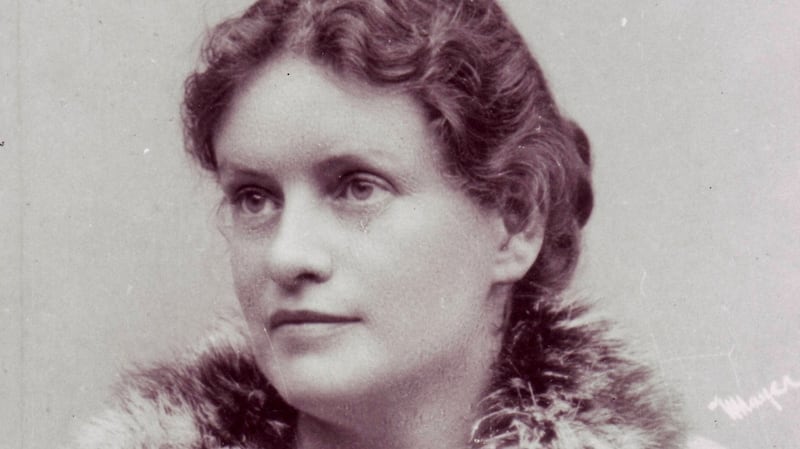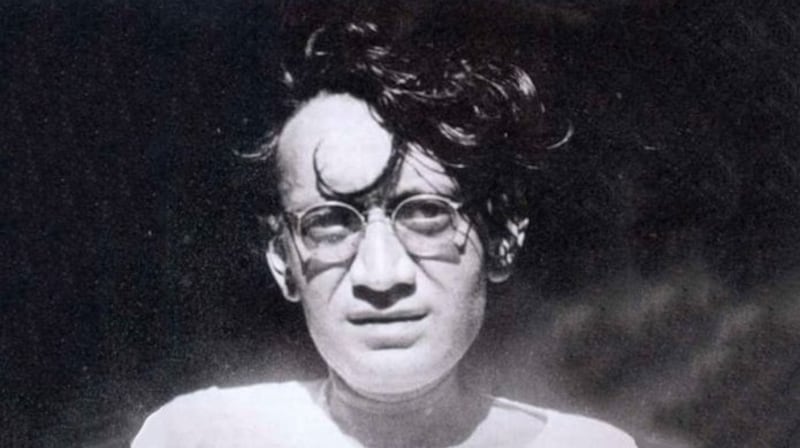Anneliese's House, by Lou Andreas-Salomé (Camden House, 227pp, £80), was first published in 1921 but has only now been translated into English. Frank Beck and Raleigh Whitinger deserve praise both for rendering precise, intricate sentences from German into English, and for deciding that this novel deserves attention because of its "presciently modern portrayal of the family and social tensions born of the early stirrings of feminist sensibilities in a still-patriarchal age".
The book is a detailed examination of the lives of a bourgeois family, comprising Anneliese, her doctor husband Branhardt and their adult children Gitta and Balduin as they each attempt to assert their wish to be independent while always aware of the tensions that could disrupt the family and the bonds, both caring and robust, which hold it together. The author’s incisiveness is especially impressive when the characters’ every action is analysed and questioned, always attentive to the implications and power balances that sway as emotions are weighed.

It is easy to imagine the book as an Ingmar Bergman film, with close-ups of characters finding their deepest wishes being denied or disregarded. This is a scholarly edition with extensive notes and essays and a price to match. A more affordable paperback is promised for next year.
The psychological turmoil in Anneliese's House is often the result of the close interactions of the four main characters. In László Krasznahorkai's short novel Chasing Homer, translated by John Batki (New Directions, 91pp, $19.95), the anxiety appears to be solely within the mind of the narrator.
Through a series of brief chapters – each preceded by QR codes that trigger exploratory drumming by Szilveszter Miklós and incorporate Max Neumann’s drawings of disconsolate figures – we are led into a life built around the belief that this person (if it is a person) is being pursued and is in great danger. Around this premise, a life has been constructed with strategies that enable the narrator to evade capture. Everything seems to confirm the conviction that exposure is imminent. All time, bar the present, has been eliminated for this person, “only the moment in which I find myself exists”.
To live inside a mind, alert to every moment of jeopardy, is curiously enthralling and the relief, as a possible Odysseus-like arrival at a place of safety materialises, is palpable. Once again, Krasznahorkai demonstrates that his ability to convey the instability of existence and evoke the menace inherent in everyday life is without equal.
Something of the grey, humming menace of Kransznaharkoi's work permeates The Dolls by Ursula Scavenius, translated by Jennifer Russell (Lolli Editions, 144pp, £12.99), although the author's alarming imagination is her's alone. Over the course of four stories, Scavenius addresses the important concerns of our time but deals with them in an oblique, distinctive way.
From a Rear Window-like position, a girl in a wheelchair watches extremely sinister happenings at a refugee centre with her complicit parents while her sister refuses to leave the basement of their house. An engineer flees from a collapsed tunnel he designed, intent on going to Russia but never getting further than his childhood home, where an estranged sister who may or may not know who he is still lives. A woman seeks refuge from the ever-present threat of war or the chaos of climate change with a man whose identity is as unclear as his intentions.
In the final story, three siblings attempt a cross-border train journey with a coffin containing their much-beset mother so that she can be buried with her Hungarian ancestors.
These are artful, singular stories which, with rigorous inventiveness of language and technique, vividly evoke the calamities that form our nightmares.
There is also much about the ruthlessness of humans in the short stories of Saadat Hasan Manto, 32 of which are collected in The Dog of Tithwal, translated from Urdu by Khalid Hasan and Muhammad Umar Memon (Archipelago Books, 397pp, £14). Manto, who died of alcohol poisoning in 1955, concerned himself with the lives of those with the fewest options concerning the course their lives might take. Frequently his subject are prostitutes attempting to achieve some level of autonomy.

We are made unequivocally aware of those with whom power resides. But there are also stories in which dramatic reversals are attempted and in which a point beyond endurance is reached, leading to the women repudiating the degradations imposed upon them. In some instances, death becomes the instigator of release.
Manto frequently expands his exploration of power to an international level, showing how the wishes and desires of individuals are crushed by the unrelenting press of history and the inner conflict induced by the need to project a religious or cultural identity. These are plainly written but powerful stories that often lead us to uncomfortable and uncertain realisations.
The ambiguity of Lara Vergnaud's English translation of the original title of Samira Sedira's novel, Des gens comme eux, as People Like Them (Raven Books, 178pp, £12.99) neatly encapsulates the primary concerns of this novel. We quickly learn that a vicious murder has taken place in which a family of five people has been killed and that the perpetrator was Constant Guillot, the partner of Anna, the narrator.

But why? Was it that the villagers, including the Guillots, liked the couple too much when they came to live in rural Carmac and built a lovely home? Or was it that people like them – a mixed-race couple with Gabon-born Bakary Langlois affable and confident – should not be as happy as they were when so much had gone wrong in Constant’s life?
A fine aspect of the novel is that, while their murder is utterly without justification, the Guillots’ blemishes are clearly presented. Particularly effective is the changing dynamic between Sylvia, the mother of the murdered children, and Anna, when the one-time friend becomes the cleaner of the Langlois’ house. A dodgy financial scheme, initiated by Bakary, becomes the catalyst for the tragedy.
Less fruitful is the use of a second-person narrative, which becomes burdensome at times and prevents us from ever gaining the level of understanding that the situation leaves us wishing for.
In the eight striking stories of Montserrat Roig's The Song of Youth, translated by Tiago Miller (Fum d'Estampa Press, 114pp, £10.99), lucid dreams, indeterminate desires and memories of thwarted possibilities fold easily into one another.
In Mar, a woman remembers the many unanticipated ways in which she altered the boundaries of her life through a fortuitous friendship with the titular character, a woman who always pushs against conformity, confronting the narrator with the boundaries of what is possible even as Mar herself approaches insurmountable limitations.
Before I Deserve Oblivion presents us with a man who attempts to explain why he was found voyeuristically looking at schoolgirls undressing. Having worked as both a state censor and a literature teacher, his self-examination brings us – with remarkable depth and insight – to an understanding of stories and our need to have our experiences explained and examined through language, “as long as those typescripts kept arriving on my dismal desk in my dark corner I went on searching in them for my story”. It’s reason enough to keep us reading.


















